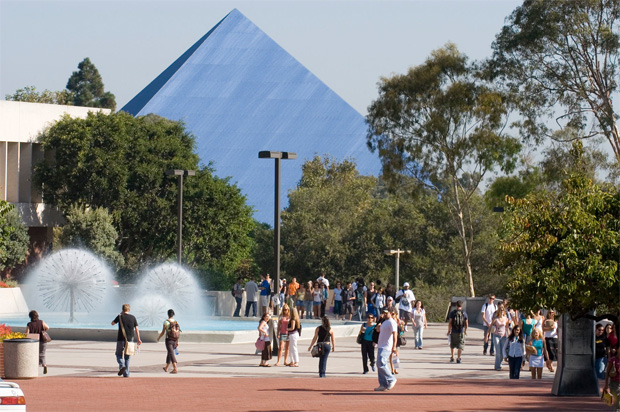
Cal State Long Beach will be the first campus to receive an installation of an energy storage system among all Cal State University (CSU) schools, the CSU system announced today.
In a release issued today, CSU announced a partnership with Advanced Microgrid Systems (AMS) in installing a portfolio of Hybrid Electric Building, which will substantially reduce energy costs, in addition to providing critical support to the largest battery storage project at an education institution in the nation.
The first phase will reduce the CSU’s electric utility costs by roughly $3.3 million, storing enough energy to power 2,000 homes, announced the CSU system.
“This exciting partnership adds to many collaborative efforts implemented by the CSU to boost efficiency and cut costs,” said CSU Executive Vice Chancellor and Chief Financial Officer Steve Relyea in a statement. “By helping integrate more renewable energy onto the grid, this transformational system will support California’s environment and direct resources to support the academic mission of the CSU.”
Specifically, the San Francisco-based AMS will kick off the project on the CSULB campus this summer, with an expected completion date in October 2016. Additional construction in the Office of the Chancellor will take place in early 2016, to be completed by mid-2017.
The project is especially important, given the power outages that occurred last year, and, as the CSU system was quick to note, the region’s expected blackouts due to the 2015 Aliso Canyon natural gas leak.
RELATED
Southern California Edison Outlines “Root Causes” of Summer Power Outages, Measures to Limit Issues
A one megawatt (MW) storage system will also be constructed at the Cal State Dominguez Hills campus.
“The CSU is setting the standard for sustainability among higher education institutions, both statewide and across the nation,” said Susan Kennedy, CEO of AMS in a statement. “We are proud to work with them and provide Southern California Edison with critical capacity during this time of emergency.”
The Hybrid Electric Buildings set to be installed will use Tesla Powerpack commercial batteries to store energy during non-peak hours, typically at night, and during high demand, will shift the buildings from the electric grid to AMS energy storage systems, reducing grid congestion.

